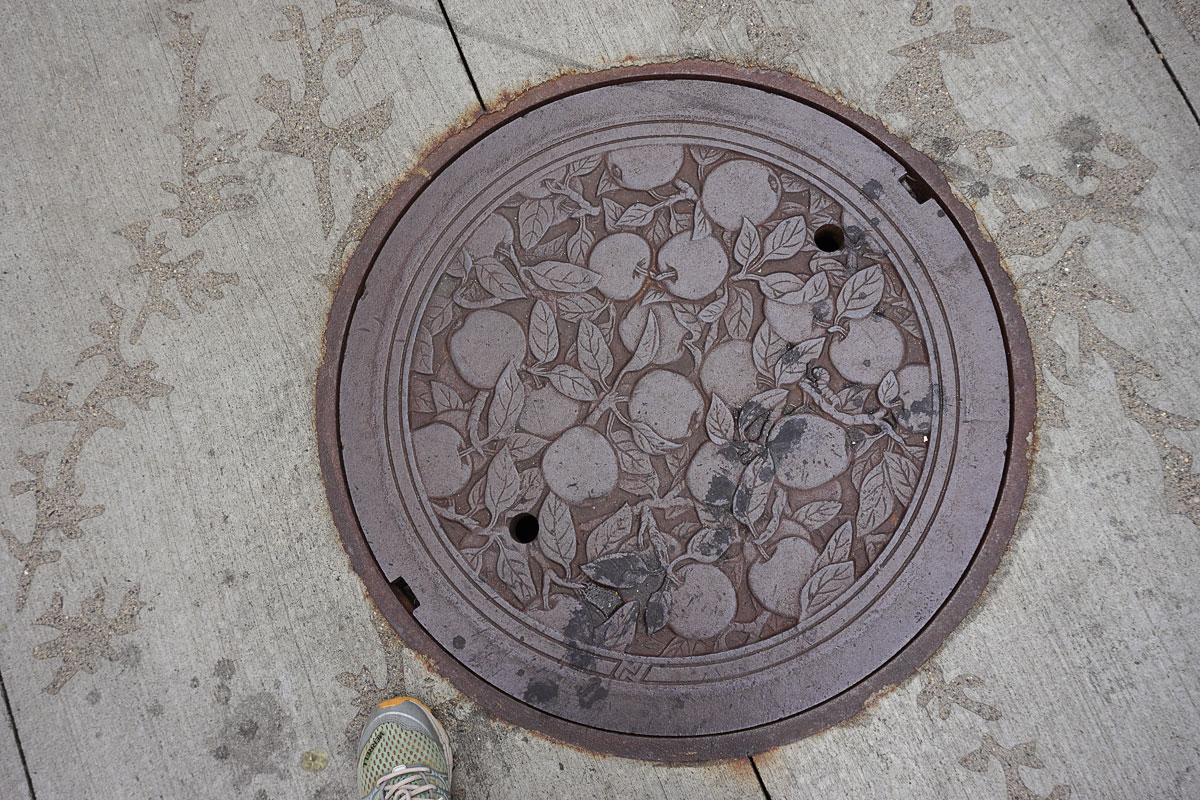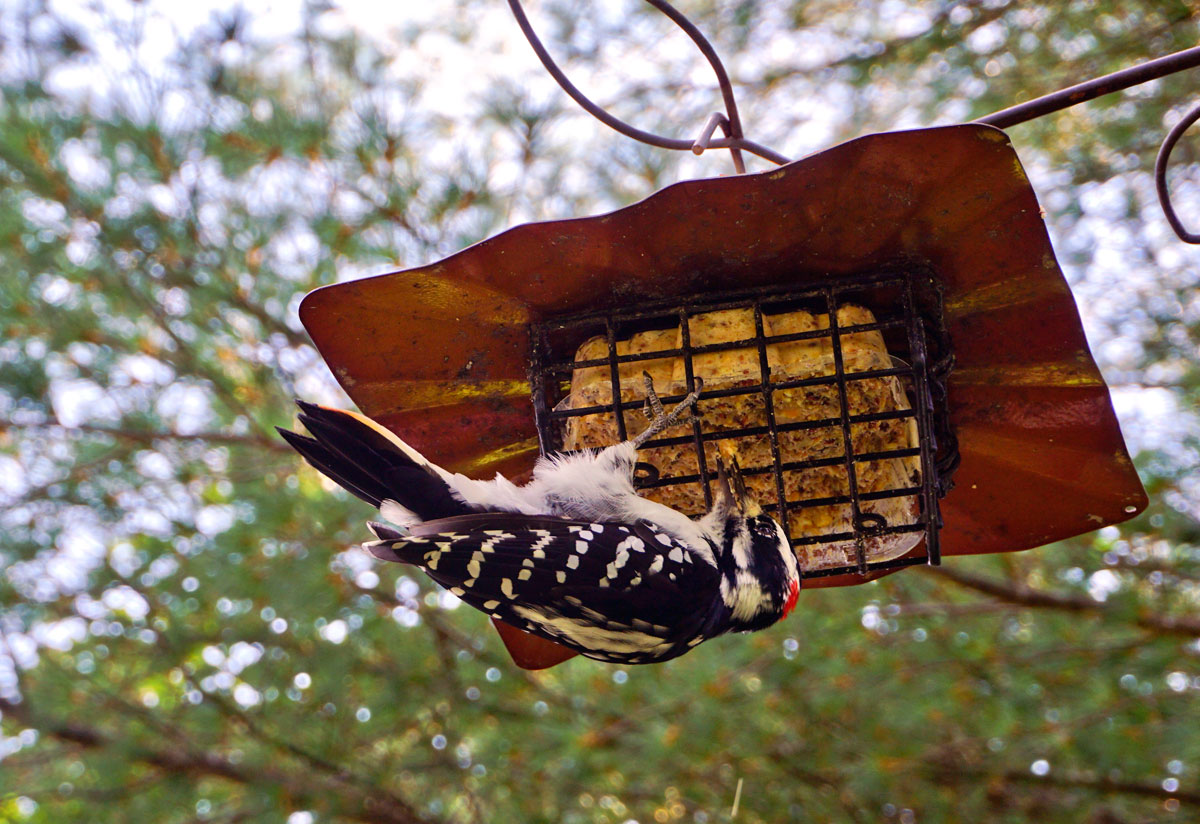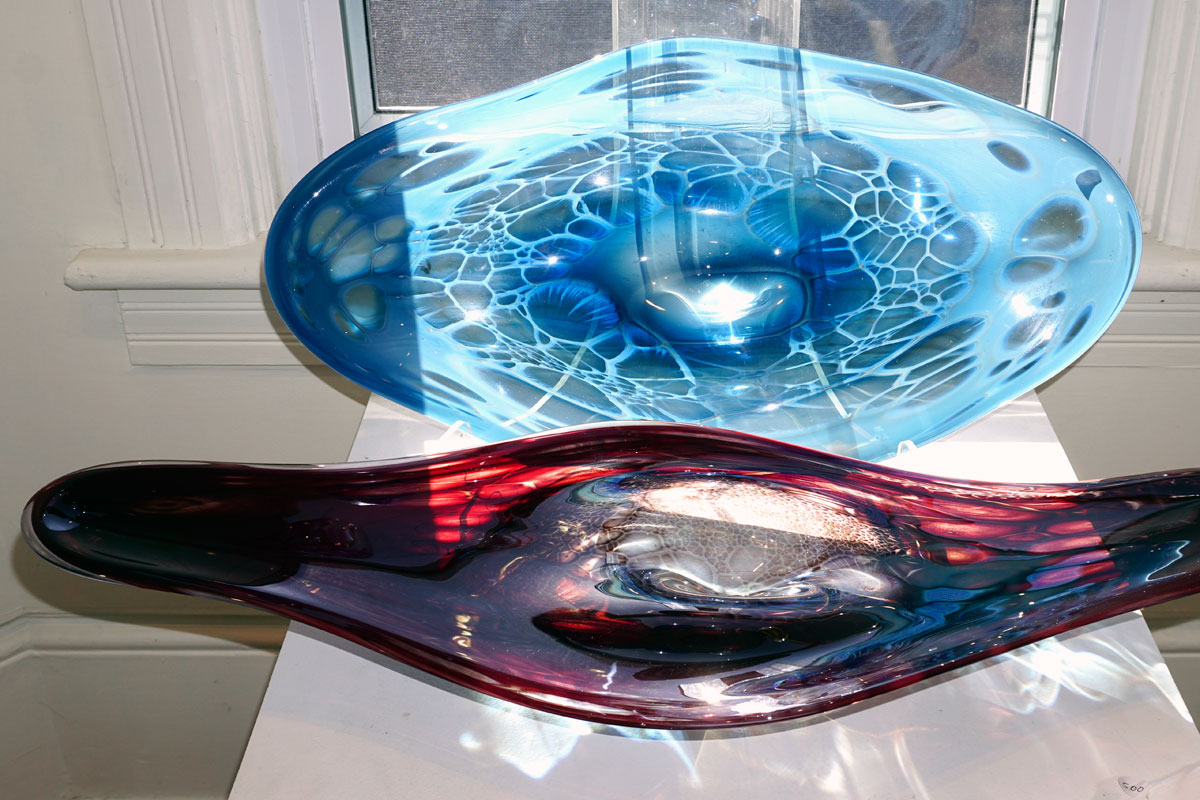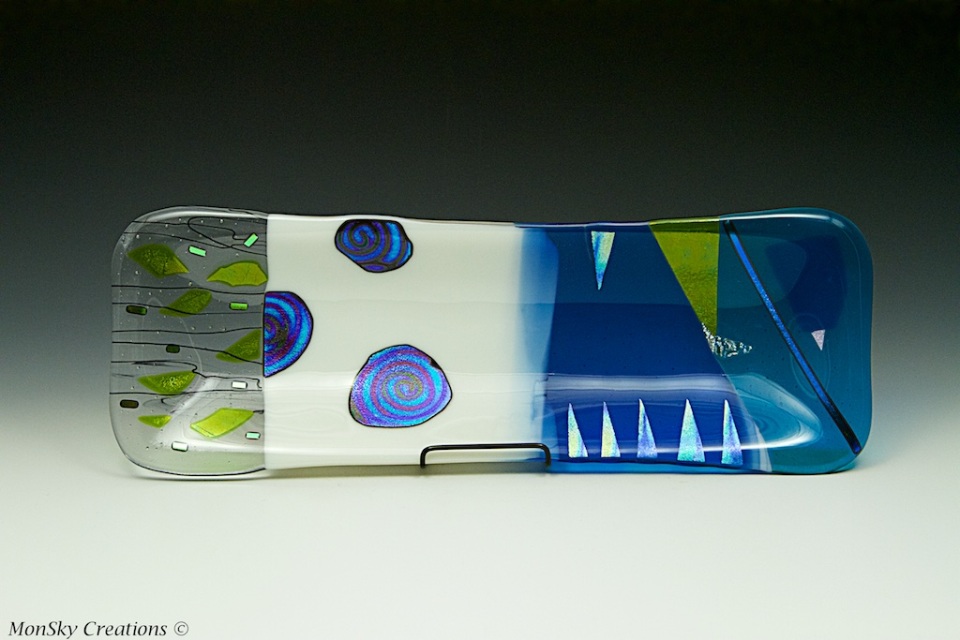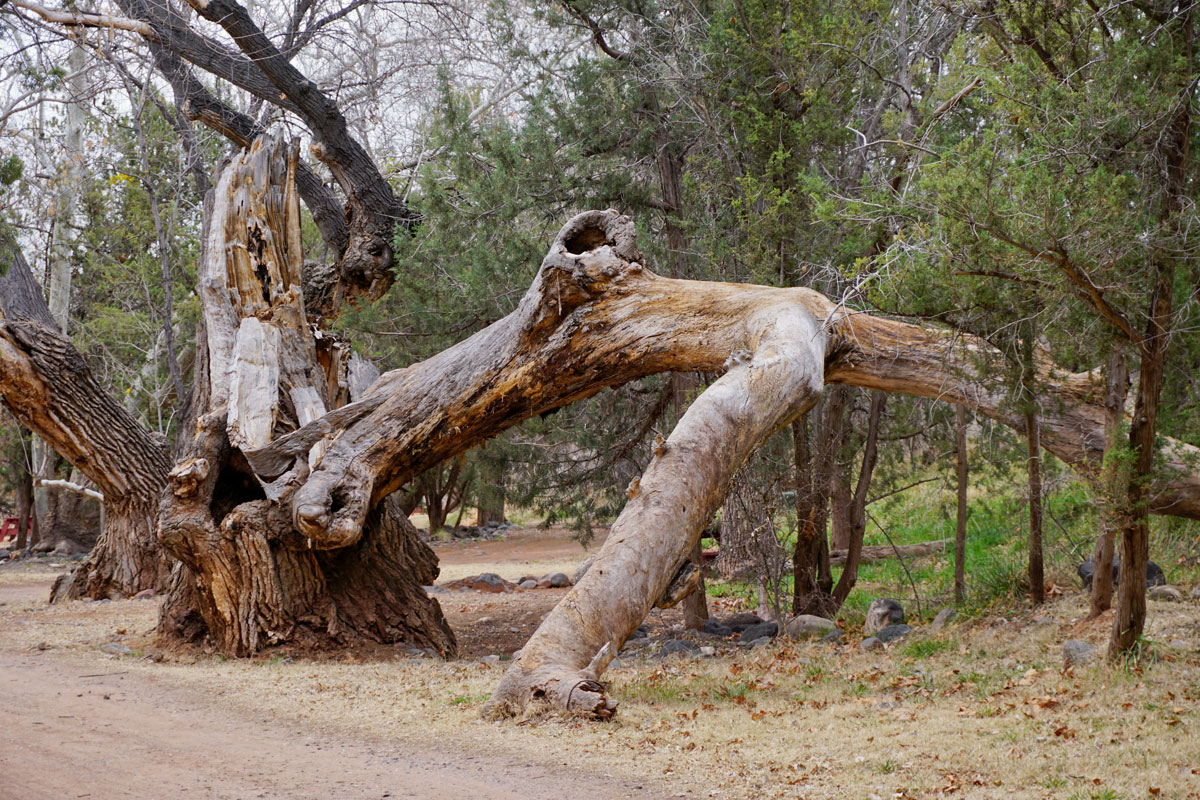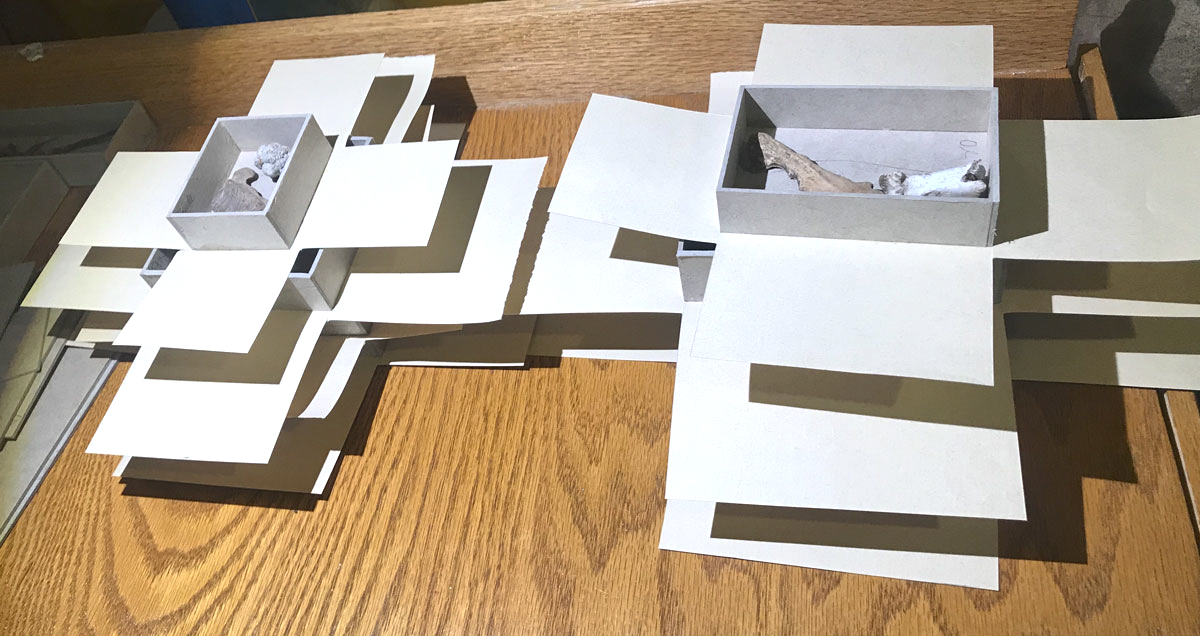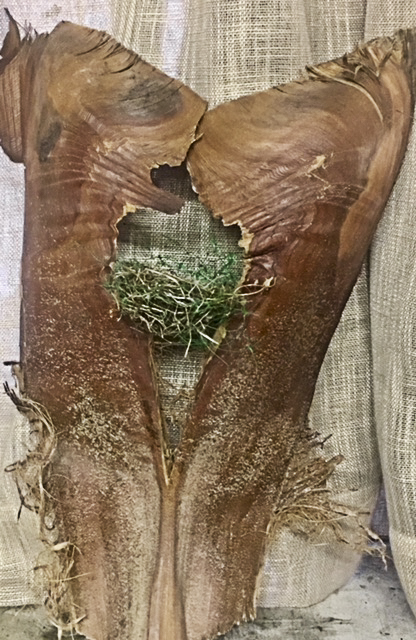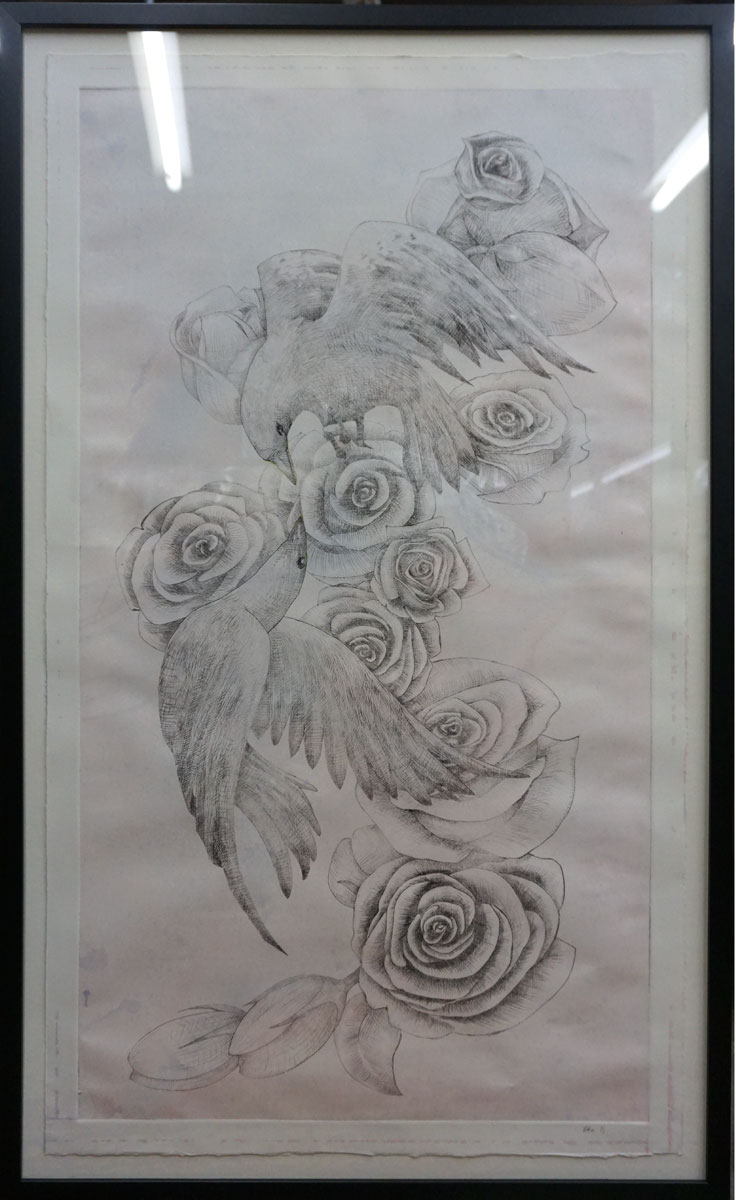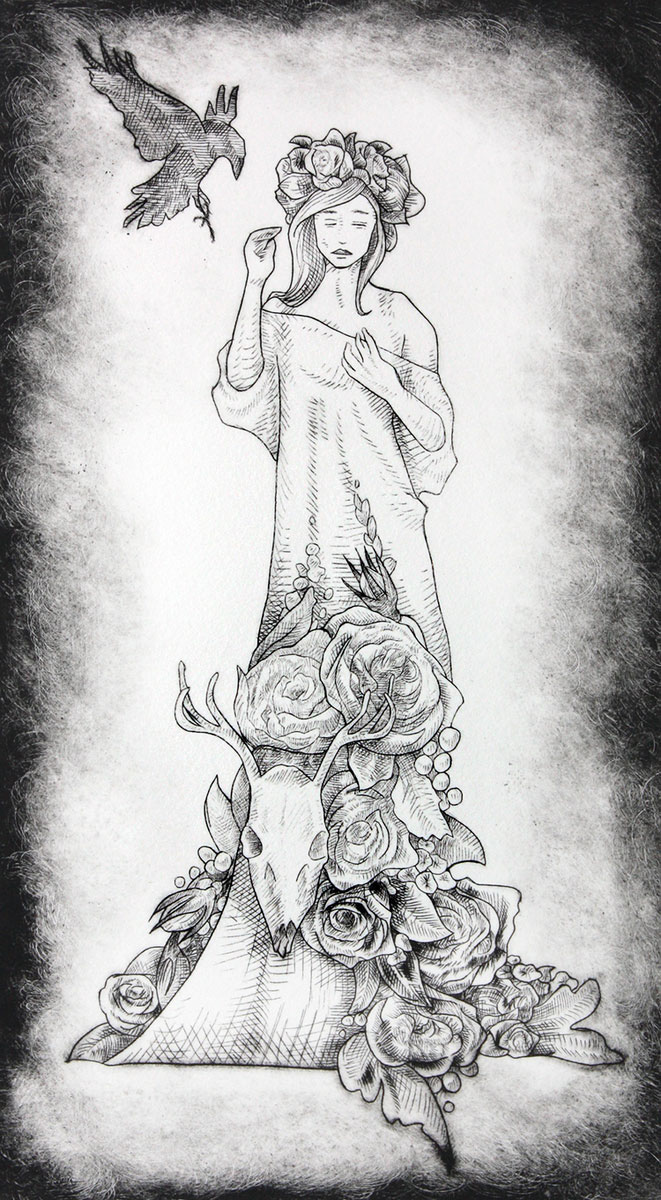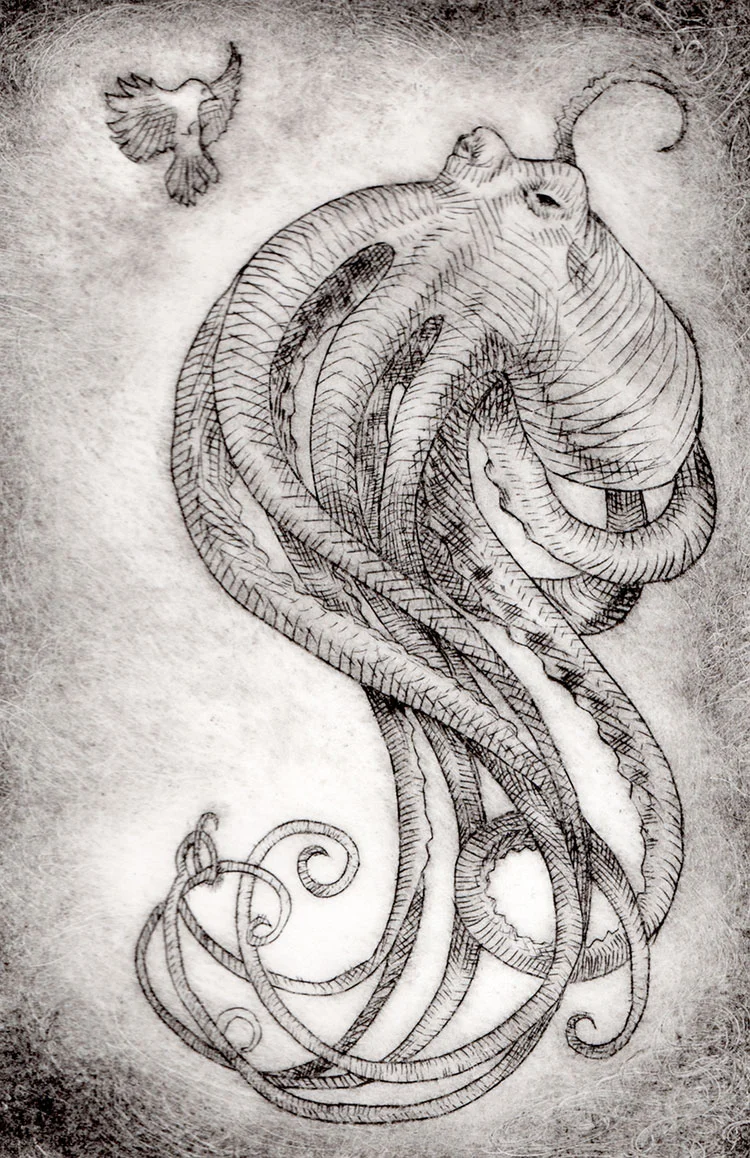Five years ago on my way back home, I visited Minneapolis, Minnesota. At the time Jeff Rathermel was Executive Director of the Minnesota Center for Book Arts in Minneapolis. I took the time to drop by and view the exhibition Directed: The Intersection of Book, Film and Visual Narrative exhibition. I was pleased to participate with my artists’ book Decades Apart in this juried exhibition. Jeff was kind in showing me around the show and the MCBA.
© 2012 Louise Levergneux. Decades Apart
With no knowledge at the time that Kate Burke — a Minneapolis artist who has a recognized career in both public art and painting — was chosen to design manhole covers for the Nicollet Mall in the city.
The Nicollet Mall underwent a redesign by James Corner, designer of the High Line in NYC in 2017. The original manhole covers installed in 1992 were removed, cleaned and reinstalled. Nicollet Mall is comprised of 75 covers with eleven unique designs each cast seven times. The new concrete walkway has an etched leaf, branch and a basket weave design. This is the new home of the manhole covers.
To my surprise, while researching streets on Google Map for City Shields, an on-going project, I noticed a wonderful manhole cover. What dismay! I had overlooked the opportunity to photograph some of the most uniquely designed covers for my series. I was devastated! Researching till I discovered the name of the artist and communicated with Kate Burke and later featured her work on one of my blog posts. It’s been a year ago almost to the day. I visited Minneapolis at the end of September 2018 and walked Nicollet Mall to find most of the manhole covers designed by Kate. I was thrilled! I photographed in late afternoon while walking in the drizzle most of the 13 blocks of Nicollet Mall.
© 2018 Louise Levergneux. Haralson Apples, manhole cover on Nicollet Mall, designed by Kate Burke.
© 2018 Louise Levergneux. The Loon, manhole cover on Nicollet Mall, designed by Kate Burke.
© 2018 Louise Levergneux. Northern Pike, manhole cover on Nicollet Mall, designed by Kate Burke.
© 2018 Louise Levergneux. Lady Slippers, manhole cover on Nicollet Mall, designed by Kate Burke.
© 2018 Louise Levergneux. Wild Rice, manhole cover on Nicollet Mall, designed by Kate Burke.
© 2018 Louise Levergneux. Corn, manhole cover on Nicollet Mall, designed by Kate Burke.
© 2018 Louise Levergneux. Oats, manhole cover on Nicollet Mall, designed by Kate Burke.
© 2018 Louise Levergneux. Norway Pine, manhole cover on Nicollet Mall, designed by Kate Burke.
© 2018 Louise Levergneux. The Walleye, manhole cover on Nicollet Mall, designed by Kate Burke.
© 2018 Louise Levergneux. Wheat, manhole cover on Nicollet Mall, designed by Kate Burke.
© 2018 Louise Levergneux. The Timber Wolf, manhole cover on Nicollet Mall, designed by Kate Burke.
©2018 Michael Sutton. Walking over the famous Walleye on the sidewalks of Nicollet Mall on September 27, 2018.
© 2018 Kate Burke. Norway PIne, manhole cover, when it was first installed, designed by Kate Burke.
© 2018 Kate Burke. Oats, manhole cover when it was first install, designed by Kate Burke.
Have you seen a unique manhole cover lately? If so, where?
Another volume? Not sure, I have other projects I would like to accomplish, but one never knows.



